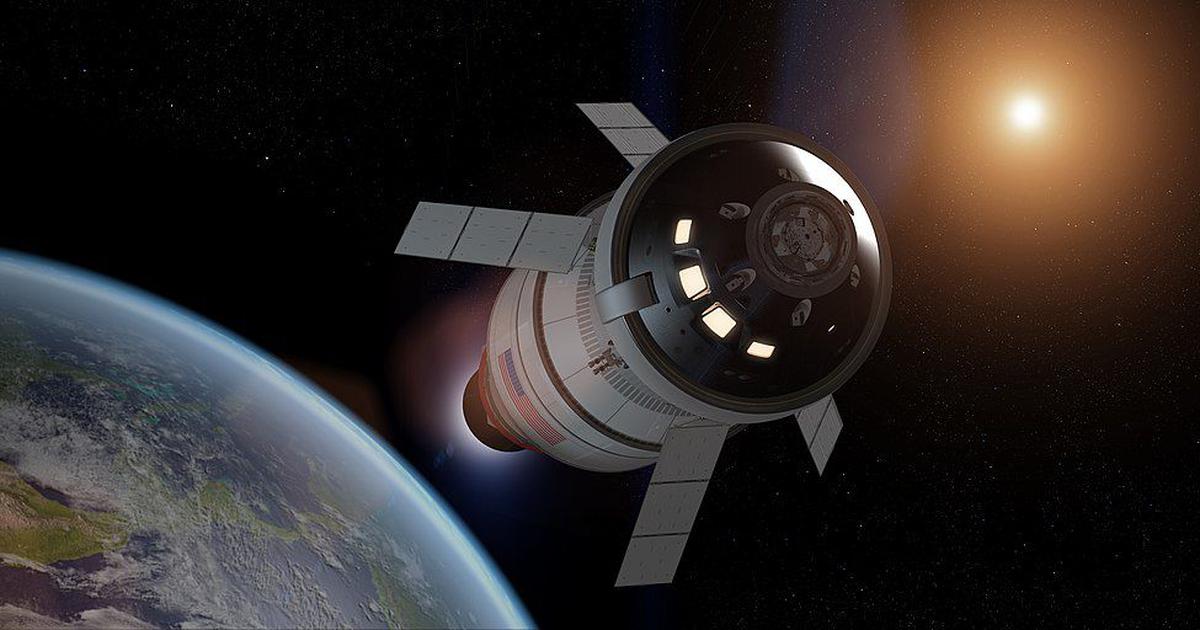The Indian Space Research Organisation (ISRO) disseminated the inaugural portrayals of the lunar terrain, as adeptly captured by Chandrayaan-3, signifying India’s third expedition to the lunar realm. Chandrayaan-3 achieved the remarkable feat of acquiring these mesmerizing depictions after entering the lunar orbit on the previous Saturday.
The Chandrayaan-3 spacecraft has traversed around two-thirds of the interplanetary journey to the moon since its initiation and impeccably attained the lunar orbit on the aforementioned Saturday, as officially confirmed by ISRO. Employing the GSLV Mark 3 (LVM 3) heavy-lift launch vehicle as its conduit, the spacecraft’s successful lift-off occurred on July 14, emanating from the Satish Dhawan Space Centre situated in Sriharikota, Andhra Pradesh.
https://twitter.com/chandrayaan_3/status/1688215948531015681?s=20
In an accomplishment emblematic of India’s technological prowess, the nation now occupies a select echelon as only the fourth sovereign entity, following the United States, China, and Russia, to have achieved the feat of alighting its spacecraft onto the lunar regolith, thereby eloquently showcasing India’s proficiency in orchestrating a secure and gentle touchdown upon the moon’s surface.
Upon achieving its anticipated touchdown, Chandrayaan-3 is slated to perform its operational duties for a solitary lunar day, an interval equivalent to approximately 14 terrestrial days. This distinctive synchrony arises from the moon’s peculiar rotational dynamics, where one complete lunar rotation aligns with the passage of 14 days as recognized on Earth. Intriguingly, the financial allocation earmarked for the realization of Chandrayaan-3 is quantified at Rs 250 crore, a valuation that does not encompass the associated launch vehicle costs.
The developmental trajectory of Chandrayaan-3 embarked in the embryonic stage of January 2020, primed for a voyage initially slated for the subsequent year, namely 2021. However, the unanticipated onset of the Covid-19 pandemic wrought unforeseen disruptions to the strategic timeline of the mission.
Chandrayaan-3 stands as ISRO’s subsequent foray, representing an earnest endeavour to facilitate upon the setbacks encountered during the Chandrayaan-2 mission of 2019, which faced formidable challenges during its attempt at a gentle lunar landing, culminating in the acknowledgement of a shortfall in the achievement of its foundational mission objectives.
